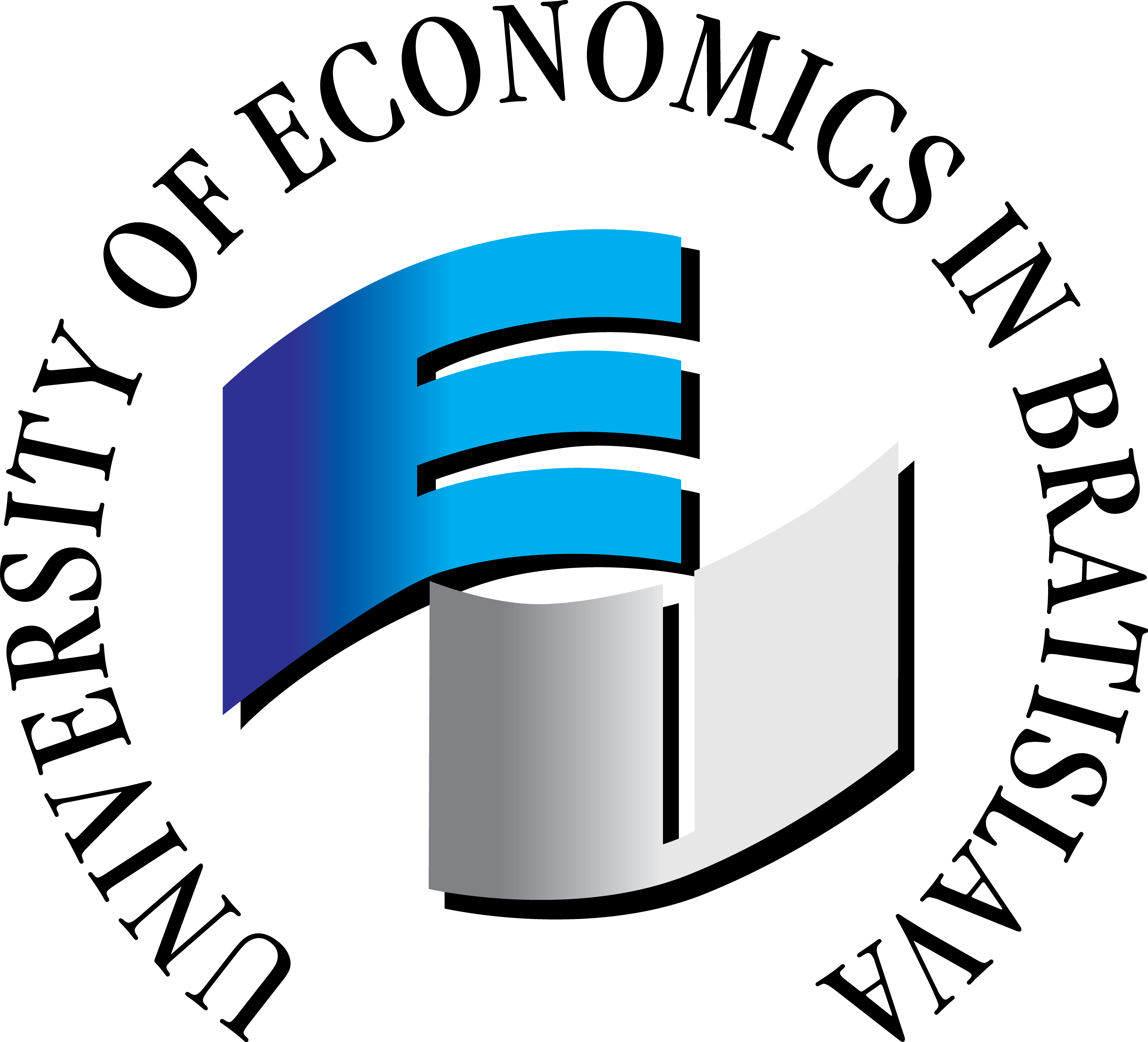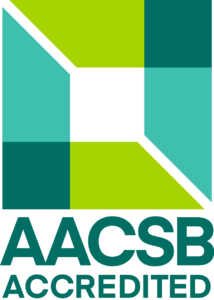Informatics I
- Credits: 7
- Ending: Examination
- Range: 2P + 2C
- Semester: winter
- Year: 1
- Faculty of Economic Informatics
Teachers
Included in study programs
Teaching results
After completing the course, students should have:
Knowledge
A. Students will be able to orient themselves in the application of current information and communication technologies in practice, with an emphasis on using PCs.
B. Students will have a detailed understanding of the hardware components of a computer (motherboard, processor, RAM, graphics cards, UPS, I/O devices, etc.).
E. Students will understand the fundamentals of the Internet of Things (IoT) and its possible applications.
Skills
C. Students will be able to assess the age and suitability of technologies for specific use.
D. Students will be able to evaluate the applicability of technologies in specific domains.
F. Students will be able to distinguish basic network components and their roles in a computer network.
G. Students will be able to design the composition of hardware components in a computer appropriately.
Competentness
Students will be competent in selecting, evaluating, and responsibly integrating ICT hardware and network technologies into practical computer systems, ensuring that their designs meet current technological standards and domain-specific requirements.
Indicative content
Indicative content:
1. Basic concepts and terminology of computer science (data, information management, bit, byte, multiples, new denotation of multiples, location of computer science among disciplines).
2. The computer and its logical and physical structure (Harvard and Von-Neumann architecture, computer operation, memory, registers, memory management).
3. Processors, CPU architecture (division, CPU by manufacturers and use, CPU by instruction set, slot used) .
4. Motherboards, Graphics Cards (Divisions of MB by size, by processor, generation of CHIP sets, graphics card usage, GPU, GPU performance, CPU and GPU parameters, integrated CPU with GPU.
5. Memory and storage media (Types of ROM, RAM, Evolution of ROM, RAM, Generation of RAM, FDD, HDD, SSD, flash drive, memory cards, optical media).
6. I/O devices (historical overview, mechanical, magnetic input units, terminals, printers, South bridge and I/O device management.
7. Power supplies, UPS (power supply divisions, connectors, voltages on connectors, wiring of MB and all devices, UPS types and wiring).
8. Displays monitors (display technologies CRT, TFT, Plasma, LCD, LED, OLED, device parameters, proper setup, resolution, brightness, contrast, refresh rate, etc.).
9. Printers, plotters (division of printers historically, nature, different technologies, mechanical, optical, inkjet, thermal printers, division and use of plotters).
10. Interfaces. Communication interfaces. Keyboards, mice, tablets, headsets, microphone, VR glasses, R devices.
11. Networking components (nature of computer networks, PAN and LAN, media, metallic, optical, terminations, active and passive elements).
12. IoT basics (essence of technologies that belong to IoT, microcomputers, controllers, controllers, development platforms.
13. Sensors and communication units, interconnect arrays, device design using appropriate software design tool.
Exercises:
In the exercises students will master the spreadsheet and its use in solving economic problems.
1. Numerical operations: analysing, recording costs, creating various analyses, various financial analyses, etc.
2. Creating graphs - creating a wide variety of highly correctable graphs
3. Creating lists - creating and storing records efficiently in simple spreadsheets
4. Text operations - standardizing and editing text data
5. Search functions - application to an area, sheet, multiple sheets
6. Statistical functions - Chi-square, correlation, Poisson distribution etc. in statistical data processing
7. Accessing other data - Extraction of different data sources
8. Creating graphical dashboards - Simplification for macro analysis of large amounts of data
9. Creating charts and diagrams - Various graphical shapes or professional diagrams can be created through SmartArt
10. - 13. Automation of complex tasks - automation of tedious and routine processes
Support literature
Schmidt, P., Kultan, J., & Procházka, P. (2022). Informatika 1: Hardvér (1. vyd.). Vydavateľstvo EKONÓM. ISBN 978-80-225-4953-0.
Kultan, J., & Schmidt, P. (2024). Informatika 2: Softvér (1. vyd.). 5V. ISBN 978-80-974860-0-6.
Schmidt,P.: IKT pre začinajúcich používateľov, Bratislava 2013, ISBN 978-80-971532-0-5
Kaluža, J., & Kalužová, L. (2012). Informatika. Ekopress. ISBN 978-80-86929-83-5.
Syllabus
1. Basic concepts and terminology of computer science Content: Explanation of the concepts of data, message, information, bit, byte, prefixes and multiples of units (kibi, mebi, etc.), placement of computer science among scientific disciplines. Activities: Discussion of the perception of "data vs. information" in practice. Output: Short test or reflection on the topic "The importance of information in the digital economy". 2. Computer and its logical and physical structure Content: Von Neumann and Harvard architectures, computer operation, memory, registers, and memory management. Activities: Schematic drawing of architecture by type. Output: Preparation of a diagram of the computer structure. 3. Processors and their architecture Content: Division of CPUs by manufacturer, instruction set, and use; sockets and slots, performance, and processor generations. Activities: Comparison of parameters of selected processors. Output: Team presentation: "Choosing a processor for a gaming vs. office computer". 4. Motherboards and graphics cards Content: Types of motherboards, chipsets, parameters and GPU development, integrated vs. dedicated solutions. Activities: Practical identification of components on a motherboard. Output: Comparison table of MB and GPU according to criteria. 5. Memory and storage media Content: Types of ROM and RAM memory, development, generations, SSD vs. HDD, Flash memory, memory cards. Activities: Analysis of the advantages and disadvantages of individual media. Output: Presentation on the development of memory technologies. 6. Input-output devices Content: Historical development, I/O units, terminals, printers, the role of the South bridge. Activities: Classification of devices by generation and function. Output: Classification scheme of I/O devices. 7. Power supplies and UPS Content: Types of power supplies, connectors, voltages, component connections, UPS operating principle. Activities: Design of component connections with PSU. Output: Computer power supply diagram and selection of a suitable UPS. 8. Display units – monitors Content: CRT, TFT, LCD, OLED, parameters: brightness, contrast, resolution, refresh rate. Activities: Comparison of the advantages of individual technologies. Output: Selection of a suitable monitor for a given purpose. 9. Printers and plotters Content: Printing mechanisms – inkjet, laser, thermal; plotters and their specifics. Activities: Discussion of use in various areas (CAD, office). Output: Overview of printer types and recommendations for various segments. 10. Interfaces and peripherals Content: Keyboards, mice, tablets, headphones, microphones, VR devices, modern communication interfaces. Activities: Practical demonstration of peripheral connection. Output: Overview of peripherals and their use. 11. Network components Content: Network basics – PAN, LAN, WAN, media (UTP, STP, optics), active and passive elements. Activities: Design of a simple network diagram. Output: Development of a network for a fictitious office. 12. IoT basics Content: Concept of the Internet of Things, IoT components – microcomputers, sensors, development boards. Activities: Design of a microcontroller connection in a common device. Output: Mini-design of an IoT application in a specific area. 13. Design of IoT devices Content: Software tools, interconnection fields, design of device architecture. Activities: Working with a simple development environment. Output: Design of a logic diagram for an IoT device. Spreadsheet exercises (e.g. MS Excel) 1. Numerical operations and analysis Assignments from the field of costs, budgets, simple economic calculations. 2. Graphs and their interpretation Creating various types of graphs - column, pie, combined. 3. Lists and database tables Creating lists, filtering, sorting and searching in data. 4. Text operations Formatting and editing texts, working with functions such as CONCAT, LEFT, FIND. 5. Search functions Working with functions VLOOKUP, XLOOKUP, INDEX+MATCH. 6. Statistical functions Calculations such as mean, median, standard deviation, chi-square, correlation. 7. Accessing external data Importing data from files, links, dynamic tables. 8. Dashboard Creation Building interactive data summaries using charts and controls. 9. Graphics and SmartArt Diagrams Creating organizational charts, visualizing processes. 10–13. Task Automation Basics of VBA (optional), using macros and advanced features to speed up work.
Requirements to complete the course
Prerequisites: 40% term paper, demonstrating competency in educational outcomes E, F, G.
60% written exam, demonstrating competency in educational outcomes A,B,C,D.
Student workload
Total study load (in hours):
182 h (participation in lectures 26 h, participation in seminars 26 h, preparation for seminars 26 h, elaboration of a semester project 52 h, preparation for the exam 52 h)
Date of approval: 04.03.2025
Date of the latest change: 06.11.2025

